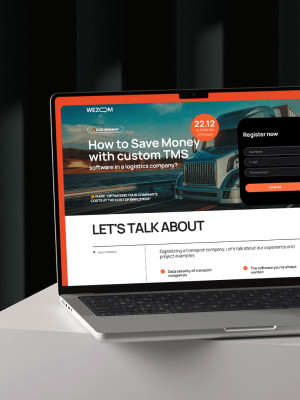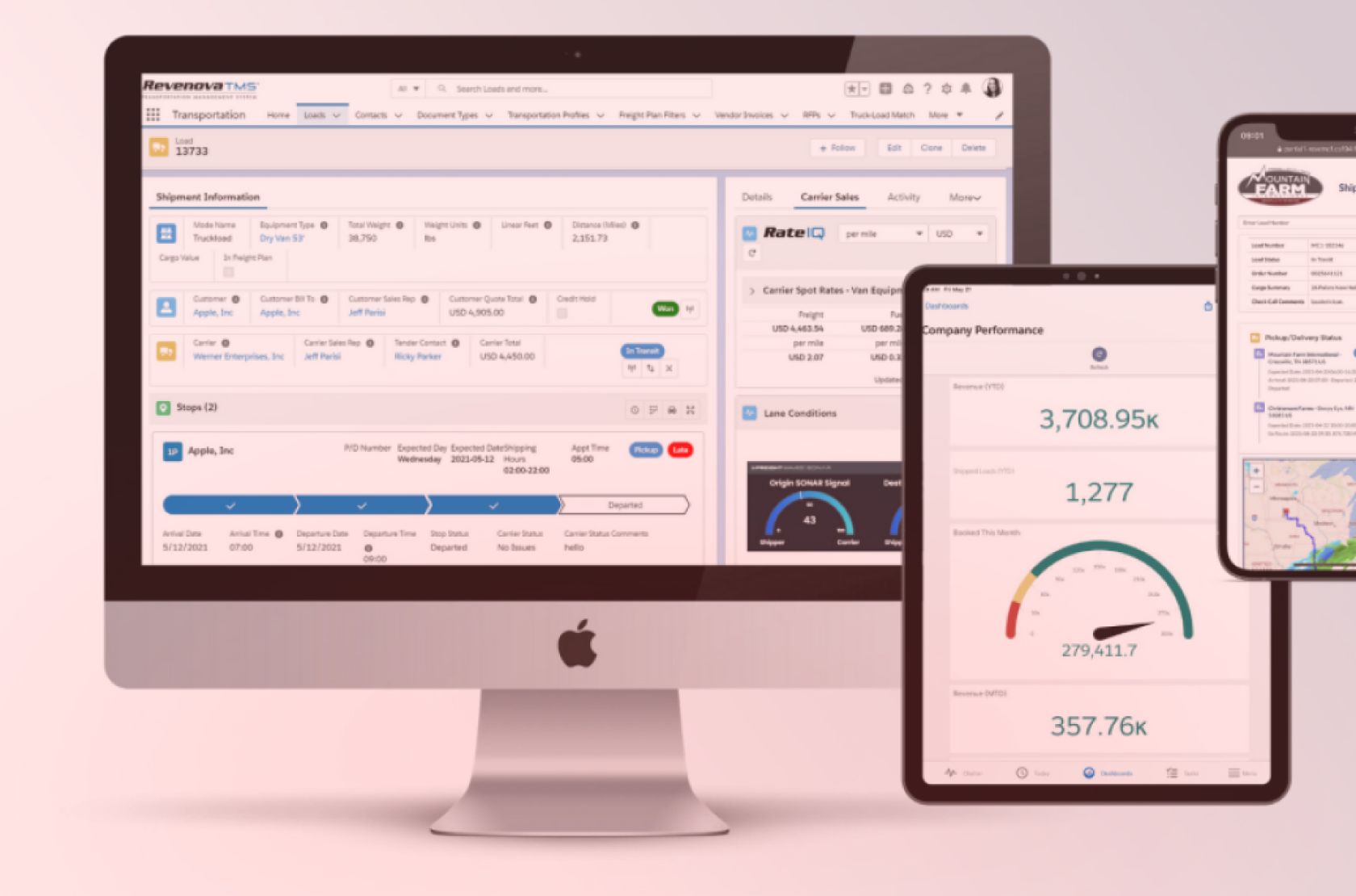The content of the article:
- How brokers find a shipper
- Negotiating truck freight rates
- How do freight brokers make money
- Freight optimisation software
- Conclusion
Shippers, truckers, and brokers make up the freight market. They can work alone (as freelancers) or as part of a major logistics organization that employs brokers and trackers. In this post, we will explain how independent brokers operate, the challenges they encounter, and how they are compensated.
How brokers find a shipper
For freight brokers to find shippers, they need to comprehend consumer commodities. Do you need to know who manufactures them? Where do they come from? How many commodities do they sell? When you ask yourself all these questions, you can get the right freight broker.
1. The leads surround them
Observation is very important, you will need to look around, and you will notice that most of the commodities were hauled and delivered by trucks since most freight in America moves using trucks. Things that clients need to be hauled from one place to another are; furniture, office equipment, consumer electronics and clothes. As a freight broker, you should research the products you see daily and know how they are manufactured and transported.
2. Analyze your bargain history and distinguish
In case you have been searching for shippers, and you are getting none, the first step you need to take is to analyze your bargains. Whether it includes the receipts from the store or your online Amazon history order, the commodities you purchase are manufactured from somewhere. When you are a freight broker, you need to think outside the box and do something different from all other freight brokers.

3. Look at the competition
Every commodity that is usually shipped using freight is bound to have competitors. An example of such a company is the John Deere company which manufactures different tractors. Even if they are a known company with multiple customers, they always face competition from other companies. As a freight broker, you should be able to know your competition so that you can do better than them.
4. Satellite view of companies building
As you search for shippers, you could search for them on google and use google maps or street views of the building to know if it has shipping and receiving docks. Even if it takes hours and hours to go through every street to see if they have a location with docs, it will still pay off. Once you've found your location, it's time to identify the firm you want to partner with and know the type of products they sell and how they sell their freight.
When you have found the shipper you want, you need to get a truck freight quote; this will help you connect with the shipper working for you. The shipper will provide information about the available truckload, truckload pi, pickup and drop-off location, weight and equipment type. The freight broker will then send the quote or the expected rate to be paid for the load to the shipper.
Negotiating truck freight rates
After the freight broker has received the agreement on transportation of goods with the shipper, the next thing is for them to come up with a truck freight rate so that they can enter the cargo into the database so that it could be easier to issue it to the shipper.
How to calculate truck freight rates
Truck freights are usually calculated based on factors like the current market condition, demand levels, overall weight or size, disturbance travelled and the type of commodities being shipped. Some areas will offer higher freight prices than others because of the distance being covered and the type of commodities being shipped. Freight truck rates are usually done by a freight broker who takes the portion of the total rate a shopper is willing to pay and pays the carrier the difference. The freight is negotiable, and it can fluctuate.
How do freight brokers make money
Freight brokers are usually paid based on the profit or difference between the agreed truck freight quote rate and the rate agreed by the carrier. For example;
- A broker issues a quote to the shipper of $2500 for a flatbed load that needs to travel 800 miles.
- Shippers agree to the $2500.
- The broker gets a carrier on a load board.
- The broker earns $500, the difference between $2500-2000.
This is why negotiation of the truck freight rates is important so that freight brokers can be able to earn money. They need to find the right medium where they will pay fair rates to the carrier hauling the load while finding reasonable opportunities to turn a profit for brokering the freight deal.
Freight optimisation software
1. Carrier TMS
This particular software allows freight brokers to quote their LTL shipments online with the My carrier TMS and saves up on data. When a customer awards the shipment to me, I can return the quote and book the shipment immediately.
2. Azuga fleet
Azuga GPS fleet is a tracking system suitable for all fleet sizes and issues drivers with reward, driver and fleet safety features.
3. NEMT transportation safety cam, Ai camera
In the freight vehicles, we added the Azuga fleet, which allows freight brokers to monitor any accidents and to make sure the drivers are following all the safety precautions. The fleet package helped reduce the time and labour required to accomplish driver evaluations, resolve client concerns and complaints and enhance safety when transporting our customers.
Conclusion
Each participant's task in the freight transportation pocess has its own set of obstacles and dangers. Truckers frequently do not want to dive into the demands of shippers and instead want to make money, while brokers are racking their brains to locate the perfect truck for the cargo they found a hundred miles away.
You may always work the old-fashioned way with phone directories or hundreds of services, but keep in mind that time is the most important resource: it would take time to locate another load or spend it on yourself, therefore ending the working day. Choosing the correct software assists freight optimizing their job and increasing their revenues.





